Ceibo: [Cultivation, Irrigation, Care, Pests and Diseases]
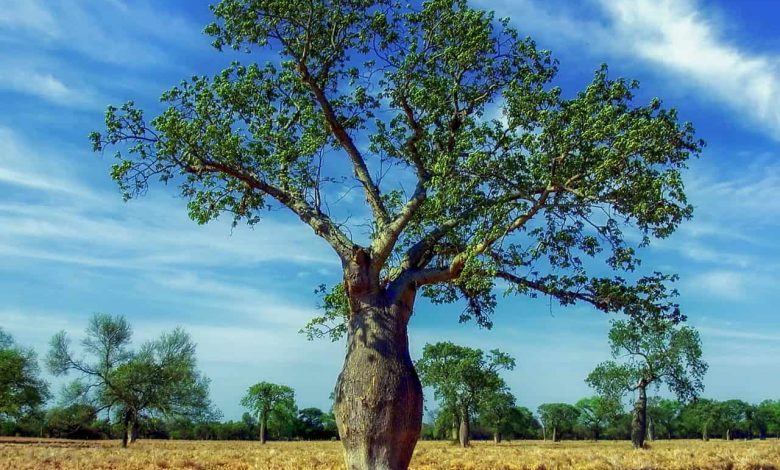
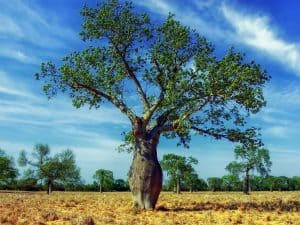 The Erythrina crista-galli is a small tree native to South America, from the countries of Uruguay, Brazil, Paraguay and Argentina.
The Erythrina crista-galli is a small tree native to South America, from the countries of Uruguay, Brazil, Paraguay and Argentina.
It is known for the beauty of its red flowers, which were chosen as the national flower of Argentina and Uruguay.
It is mainly used as an ornamental species in parks and gardens. Likewise, it is recognized for the medicinal properties of its bark.
However, it is recommended to use with caution due to the alkaloids, which can pose a health risk. The ceibo establishes itself near bodies of water, whether on the banks of rivers, streams, lagoons, swamps or wetlands.
Under these conditions it reaches a height of 2.5 meters in just 2 years. The crista-galli epithet with which this tree has been named means » cock’s comb «, a meaning that alludes to the larger petal of the flowers known as the banner.
Important points when planting ceibo
- Scientific name: Erythrina crista-galli.
- Common name: Ceibo, rooster comb, erythrine, coral tree, coral flower, cockscomb.
- Height: 5 to 10 meters.
- Light requirement: Direct light and partial shade.
- Temperature: Temperate, hot and humid climates (7ºC to 24ºC).
- Irrigation: Medium.
- Fertilizer: Organic fertilizer.
What characteristics does the ceibo have?
The ceibo is a deciduous tree with a wide and globose crown that measures between 5 and 10 meters in height. It develops a twisted trunk with rough bark, which can measure up to 70 centimeters in diameter. Glossy greenish stems sprout from the trunk.
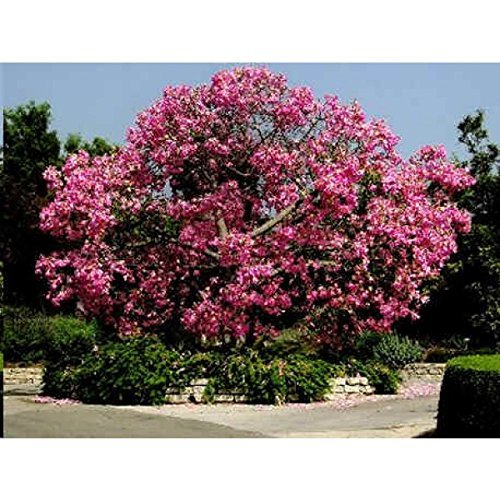
Both these and the petioles are slightly covered with recurved stingers or spines. In the case of the leaves, these are born from petioles and are formed by three leaflets with an oval or oval shape. The ceibo flowers are formed by a calyx and a corolla of petals called keel or standard.
They are crimson in color, measure 5 centimeters in length and are grouped in clusters of 20 to 40 flowers. They bloom during the months of May to August. The fruits are large and elongated pods which can measure 15 to 20 centimeters in length.
At first they are green, but as they mature they change to a dark brown or blackish hue. In the case of seeds, they measure between 10 and 15 millimeters in length. They are kidney-shaped and dark brown or blackish in color.
When to plant a ceibo?
The ceibo can be sown from seed during the spring. In the case of the Northern Hemisphere, it must be carried out in the month of April. In case of growing it through cuttings, the most favorable time will be during the rainy season or when new shoots appear.
Where to plant a ceiba?
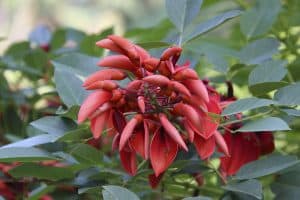 The also called erythrin is cultivated in areas with tropical, subtropical and mild and protected temperate environments.
The also called erythrin is cultivated in areas with tropical, subtropical and mild and protected temperate environments.
It prefers sunny places located in spacious areas, far from buildings, as its roots spread widely through the ground and could affect built spaces.
This tree is sensitive to cold and low temperatures. It does not tolerate frost, especially during its first years of development, with a limit of 4ºC. However, it does quite well at temperatures between 7ºC and 24ºC.
How to prepare the land?
The ceibo must be planted in fertile, well-drained soils, with a neutral pH and slightly moist or even flooded. Before planting the ceibo, the land should be worked until the soil loosens.

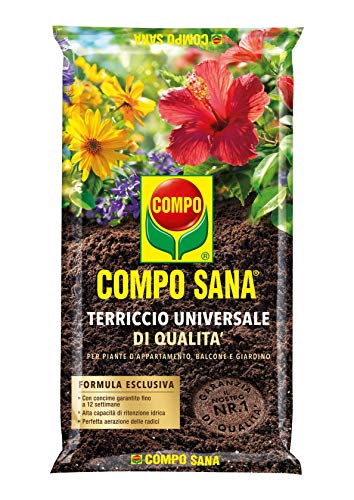
In the case of cultivation in pots, any sterile universal substrate can be used. In both circumstances, the soil must be completely moistened, without becoming saturated. Although not absolutely necessary, the soil can be enriched by applying organic fertilizer, either compost or organic matter such as dried manure. It is recommended to apply inoculant of mycorrhizal fungi in soils with potassium deficiency at the time of planting.
How do we water a ceibo?
The ceibo grows well in humid areas, although it tolerates drought. However, it is recommended to apply regular watering, but not excessively, always trying to conserve a little humidity, especially during spring and summer.
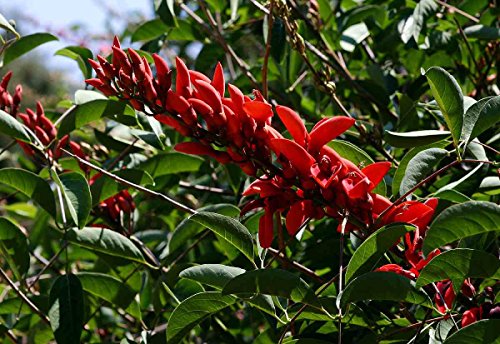
How often do we water the ceibo?
It is recommended to apply irrigation 3 or 4 times a week during the summer and 1 to 2 times a week during the rest of the year.
How to plant a ceibo step by step?
Ceibo can be grown from seeds and semi- woody cuttings. The steps to cultivate through these two methods are shared below.
by seeds
- Choose mature seeds and soak them for 12 hours in warm water.
- Place the seed on universal and moist substrate in a container placed in the shade.
- Cover with a thin layer of substrate and moisten.
- Wait 5 to 10 days for the seeds to germinate.
- As soon as a couple of true leaves have sprouted, the seedlings can be placed in pots or in their final site, after the last frost.
by cutting
- Cut a branch at least 30 centimeters long and 60 centimeters in diameter from a kapok tree. The taller and thicker, the better.
- Place the cutting vertically in a cool, shaded place for 24 hours or more, within 2 weeks.
- Score the bark on the base cut to encourage rooting.
- Dig a small hole and apply some inoculant to speed up root growth. The site should be protected in full sun.
- Insert the cutting with the marked base downwards, to a depth equivalent to 20% of its length and lightly press the soil. If a small cutting is used, it should be buried at least 6 centimeters deep.
- Water the cutting to keep the substrate moist. The roots should appear a month after planting.
What care does the ceibo need?
The ceibo does not need special care. It will only be necessary to prune the dry branches as soon as they dry out, or if you want to give structure to the trunk.
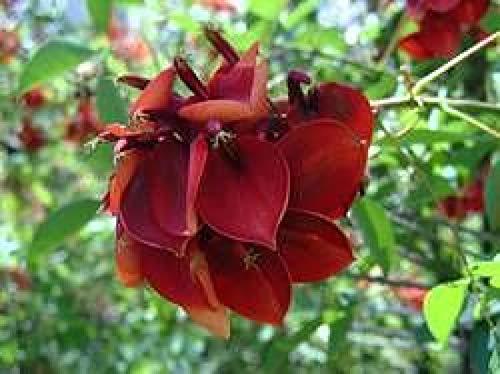
Careful with this!
It is important to keep the ceibo tree away from small children or pets, as it contains some toxic substances that can be harmful to health.
What pests and diseases affect the ceibo?
The ceibo tree is not susceptible to pests or diseases, but it can be the target of mites, nematodes, thrips and mealybugs, which can be easily eliminated.
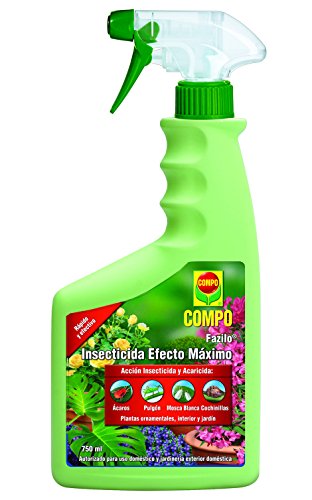
How long does a ceibo live?
Although the average lifespan is established at 50 years, when the ceibo has the ideal growing conditions it can exceed 100 years.
How long does it take to grow a ceibo?
It is a species that grows slowly, in some cases requiring up to 20 years to reach adulthood and, therefore, its maximum height.
How long does it take to produce fruit?
It can begin to flower after 5 or 6 years of being planted.
Can it be grown in a pot?
It is not advisable to keep it in a pot all its life, but it will gladly accept being in this environment in its early years.
In addition, it does not have problems with transplants, so it can be moved to the garden when necessary.
How many times does a ceibo produce fruit?
It is a species that generates a single annual flowering.
Should a ceibo be pollinated to obtain fruit?
Pollination is carried out with the help of pollinating insects that are attracted by the flowering.
How cold can a ceibo tolerate?
The ceibo does not get along well with cold weather and frost can be fatal. It is best to keep it above 7°C.
How many ceibos can be planted per hectare?
An average plantation of ceibos per hectare would occupy between 100 and 200 specimens.
What type of fertilizer does a ceibo need?
It is advisable to work with a balanced NPK fertilizer to fertilize the ceibo during the warm season of the year.
The acceptable standard would be the 15-15-15 formula.
How much heat and/or drought can a ceibo tolerate?
Warm temperatures that are not excessively hot do well. Around 30° C would be the maximum allowed because it prefers temperate climates.
When it is established in a suitable space, it is capable of resisting occasional and not prolonged droughts.
References
- https://teleoposicions.es/wp-content/uploads/2019/06/TEMA-6-ARBOLES-Y-ARBUSTOS.pdf
- https://homeguides.sfgate.com/can-put-plumeria-cuttings-directly-ground-101422.html
- https://keyserver.lucidcentral.org/weeds/data/media/Html/erythrina_cristagalli.htm
- http://tropical.theferns.info/viewtropical.php?id=Erythrina+crista-galli
- https://www.redalyc.org/pdf/669/66919229005.pdf
- http://www.murcia.es/medio-ambiente/parquesyjardines/material/Erythrina_crista-galli_octubre.pdf
- https://contenidos.ceibal.edu.uy/fichas_educativas/_pdf/ciencias-naturales/reino-vegetal/010-ceibo.pdf
- http://www.lillo.org.ar/revis/universo-tucumano/2018/2018-ut-v13.pdf
- https://www.researchgate.net/publication/333992627_Determinacion_de_los_Indices_Bioclimaticos_de_Erythrina_crista-galli_y_Handroanthus_heptaphyllus_en_el_sur_de_la_provincia_de_Santa_Fe_Argentina

![Photo of The Dieffenbachia: [Characteristics, Planting, Care, Irrigation and Substrate]](https://www.complete-gardening.com/wp-content/uploads/2022/08/the-dieffenbachia-characteristics-planting-care-irrigation-and-substrate-390x220.png)
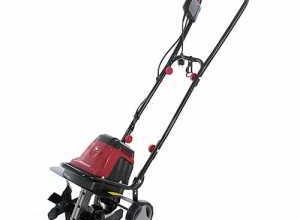
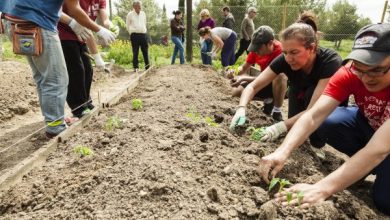
![Photo of Radish: [Crop, Irrigation, Associations, Pests and Diseases]](https://www.complete-gardening.com/wp-content/uploads/2021/06/Rabanito-390x220.jpg)